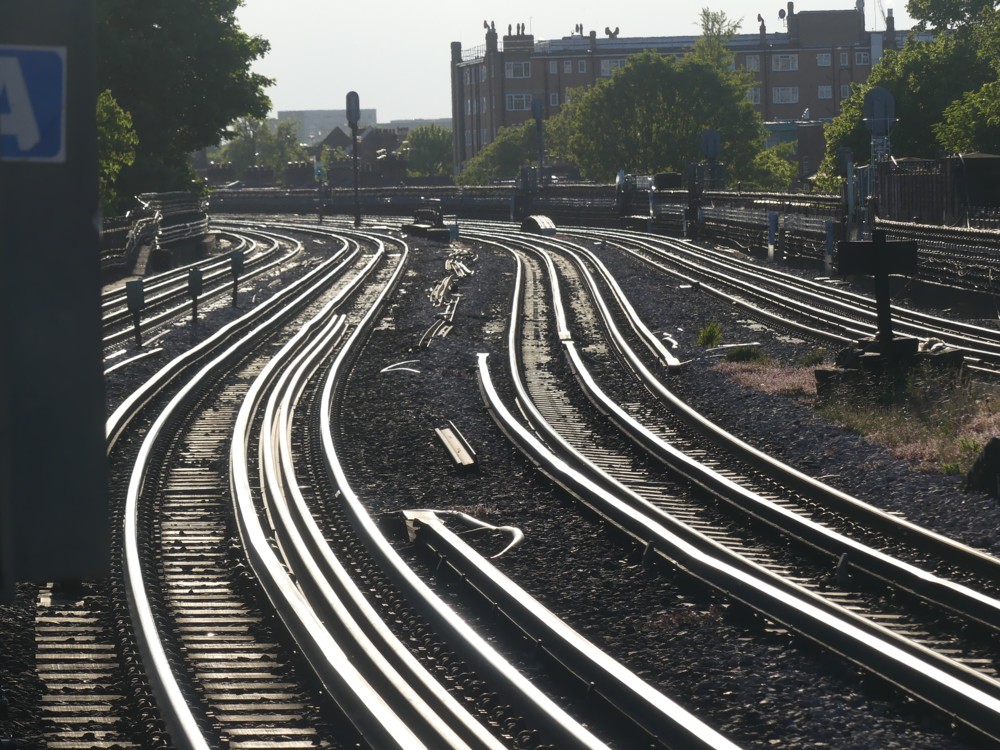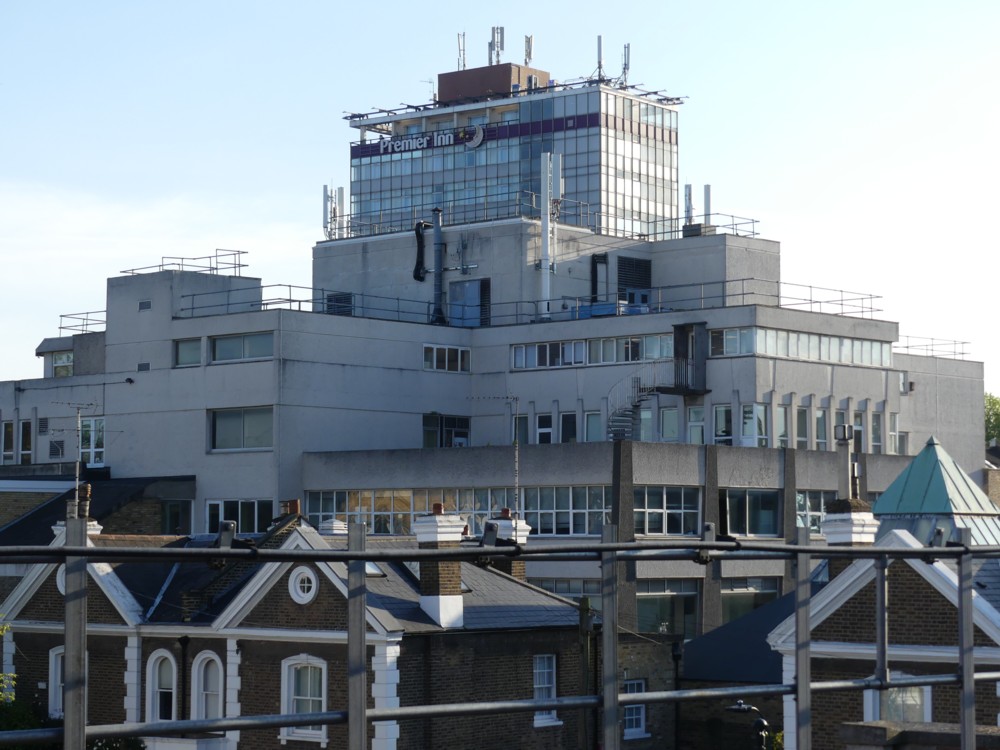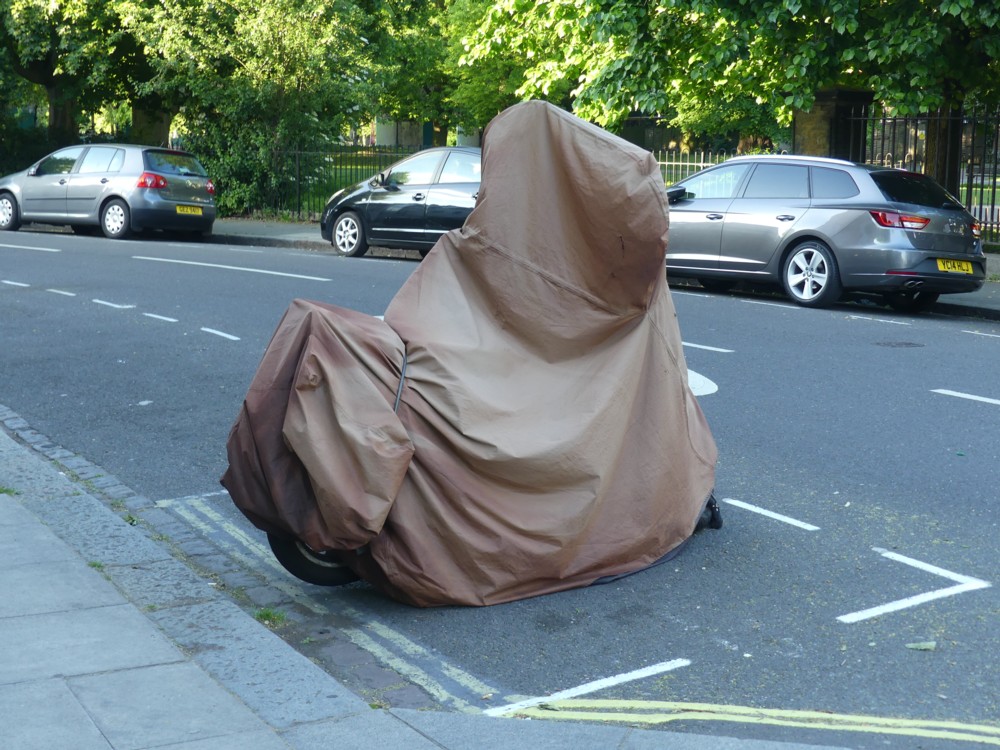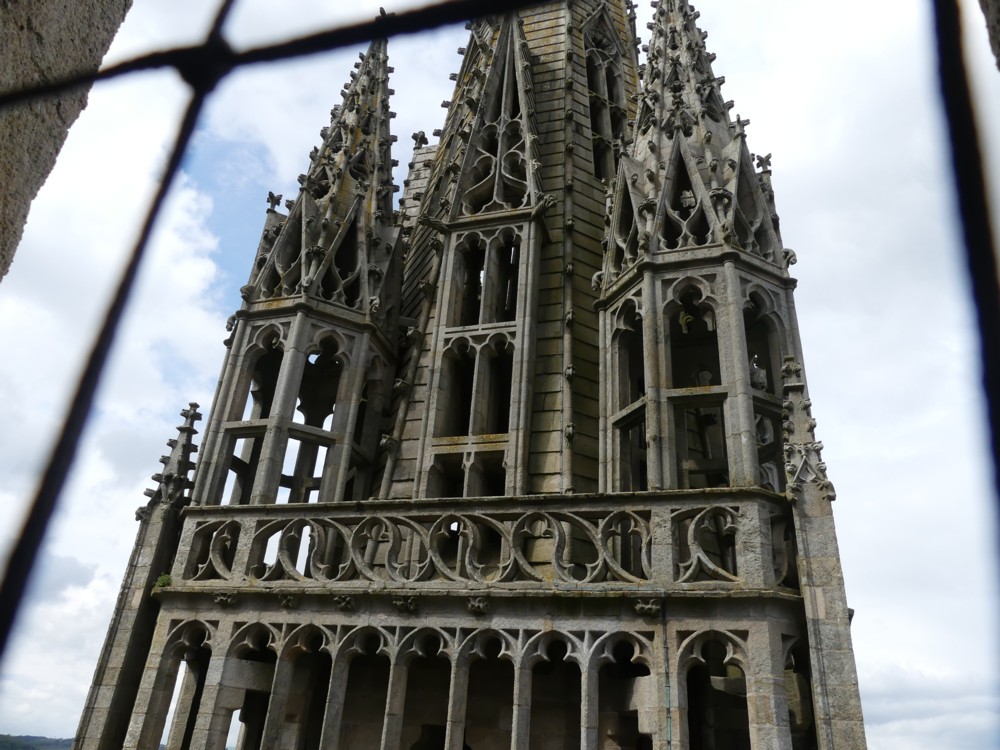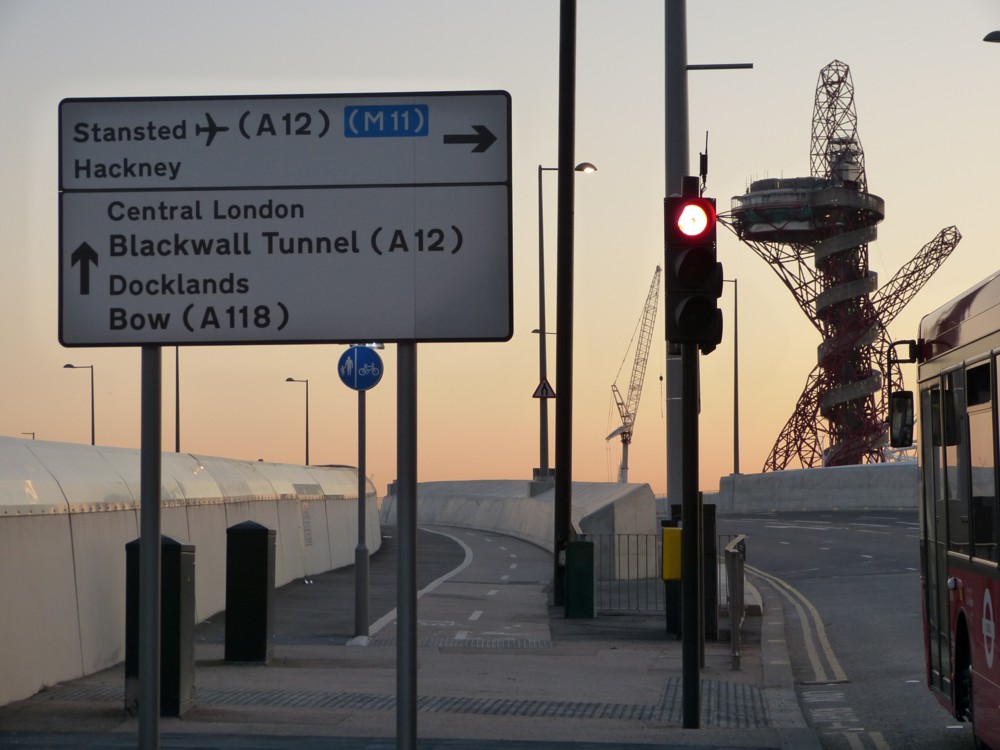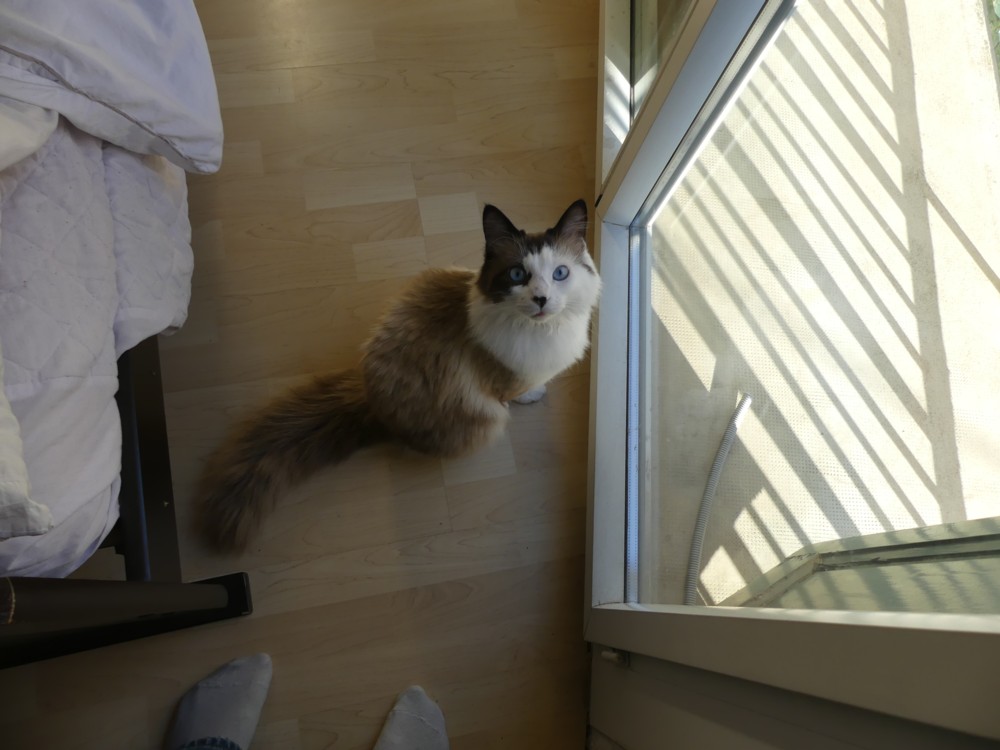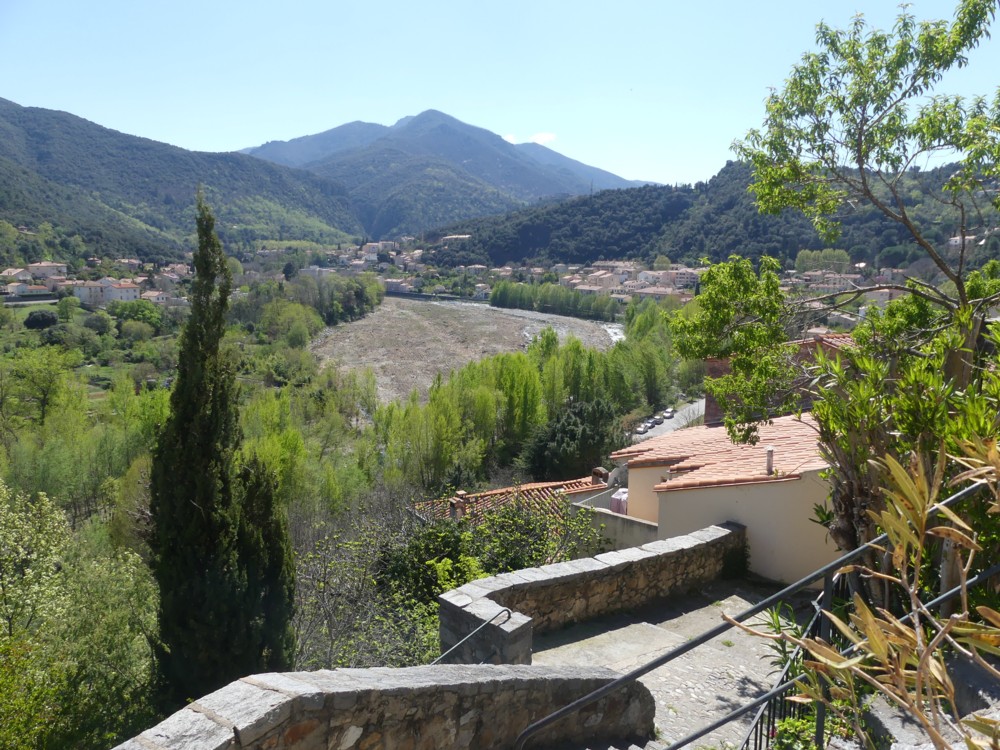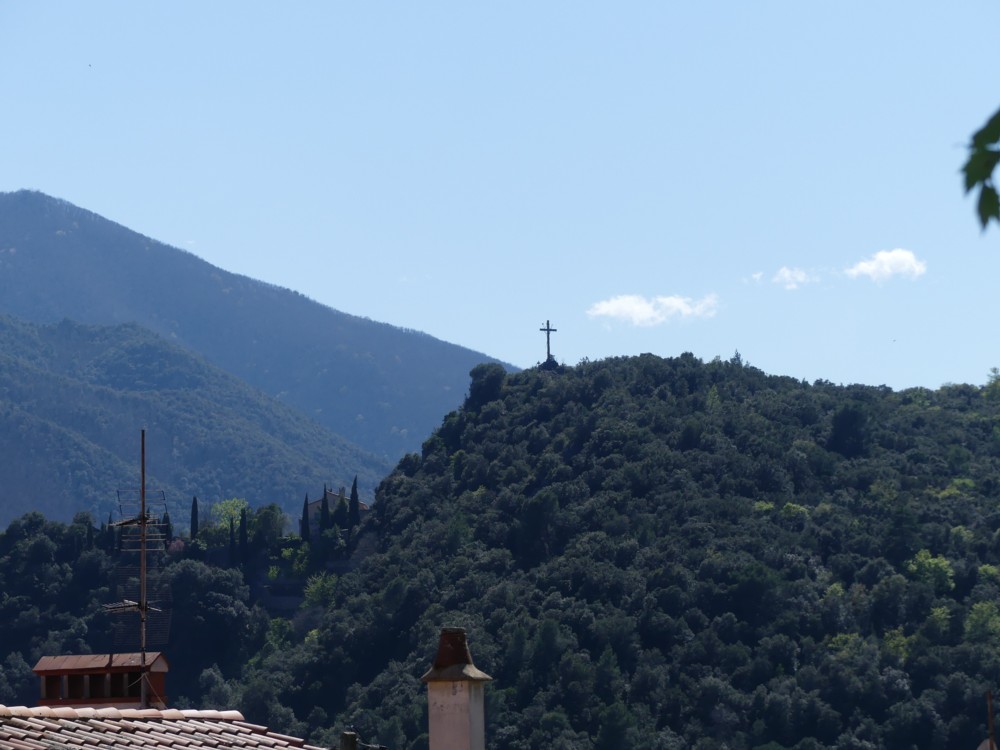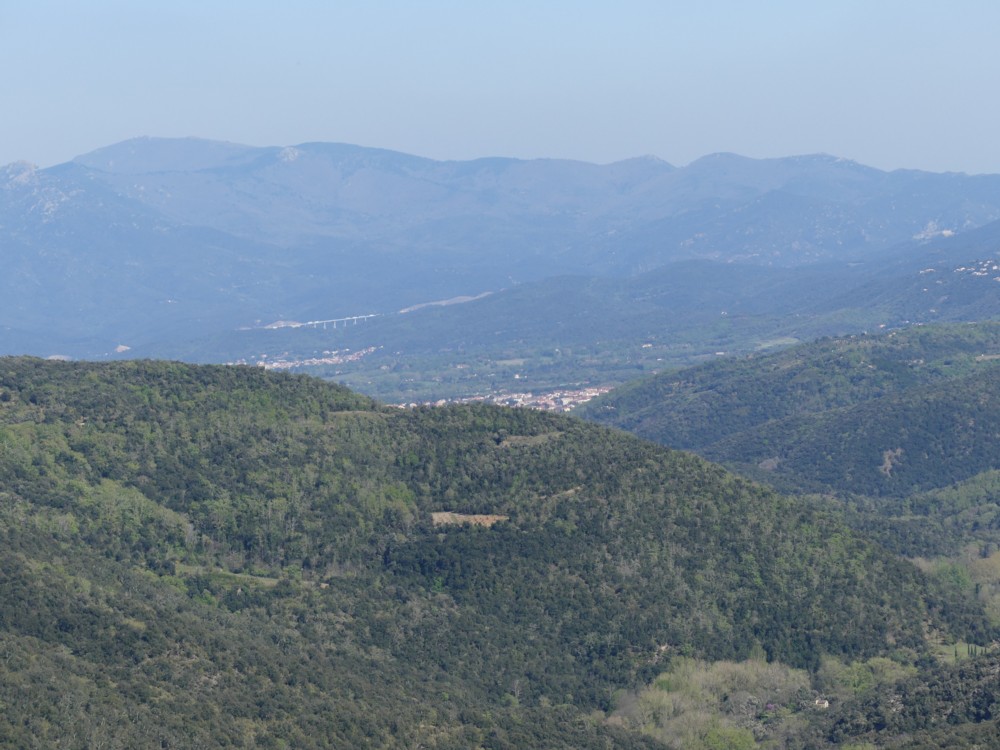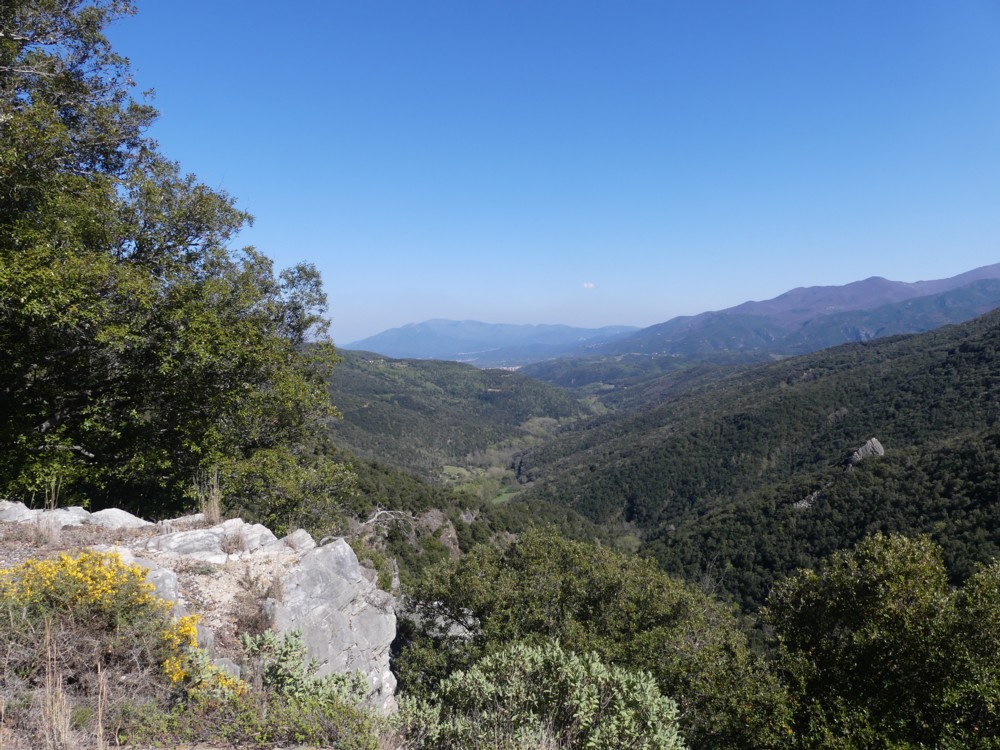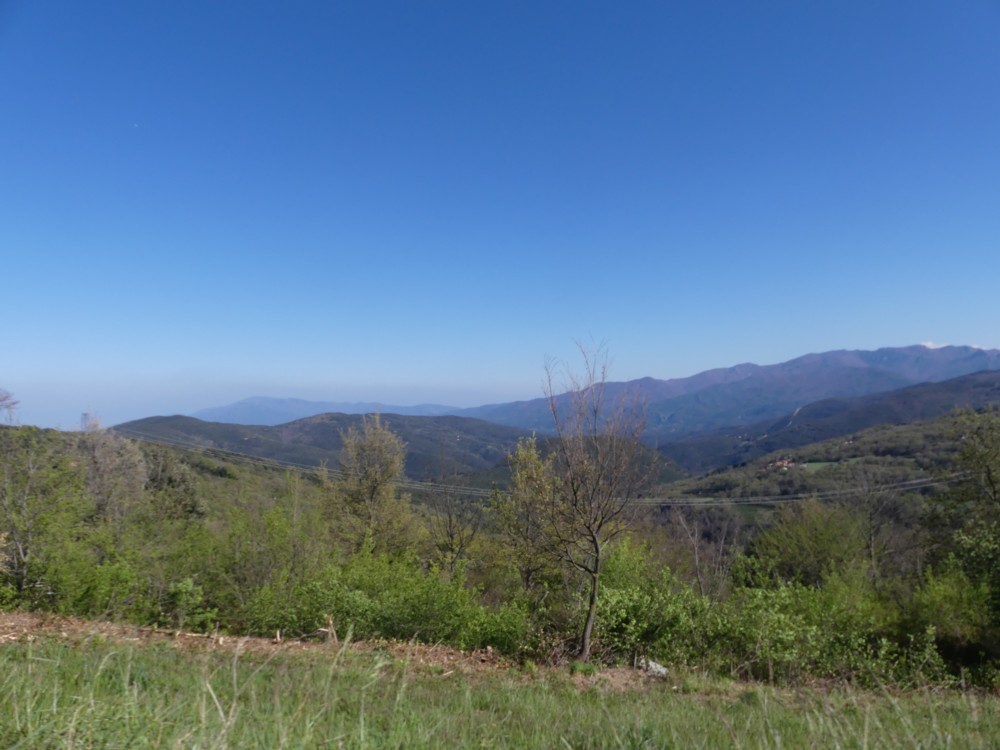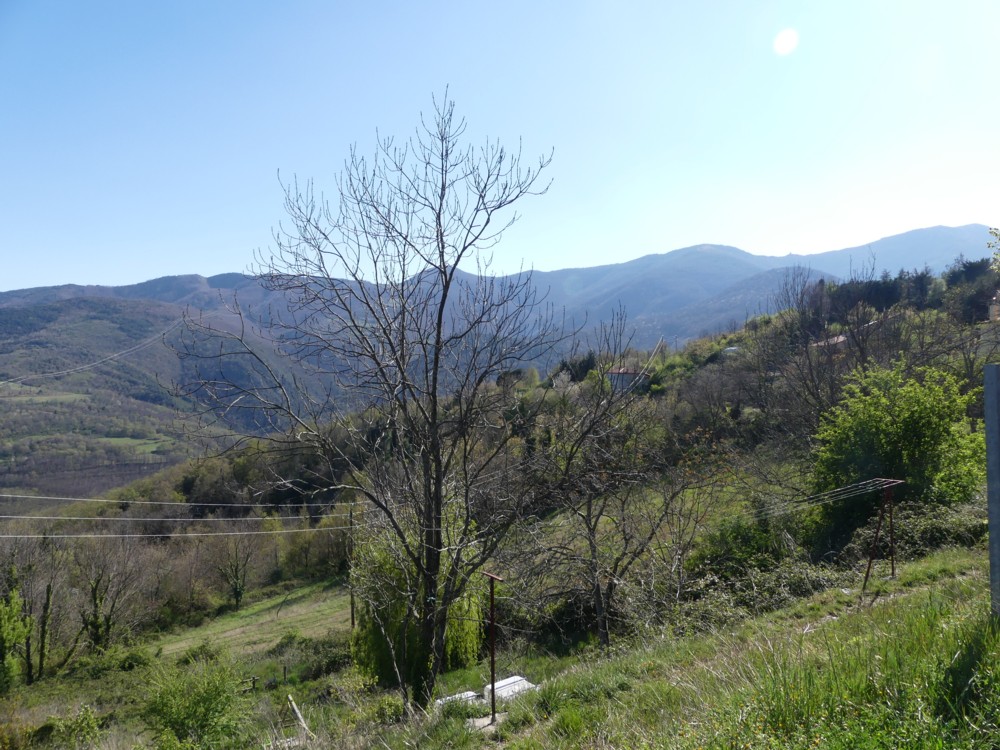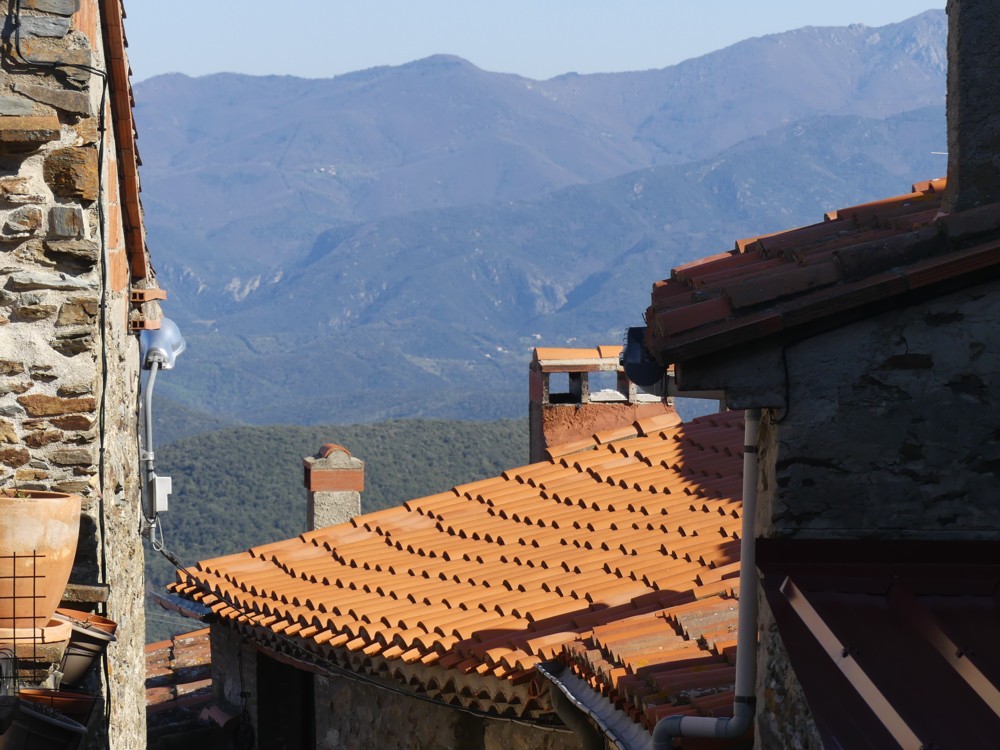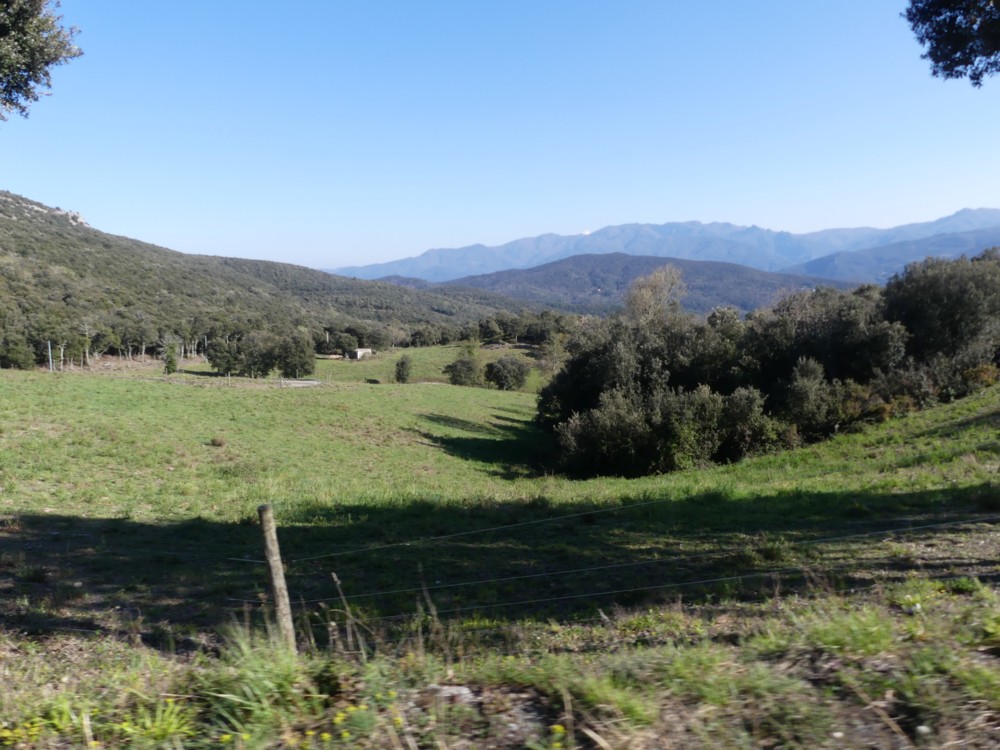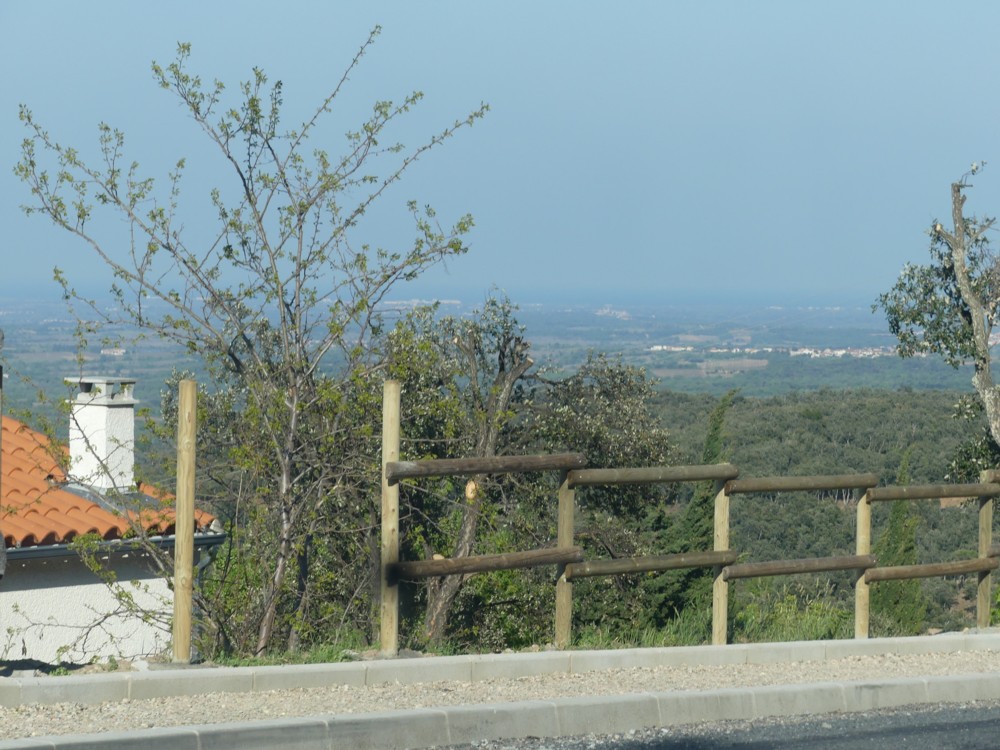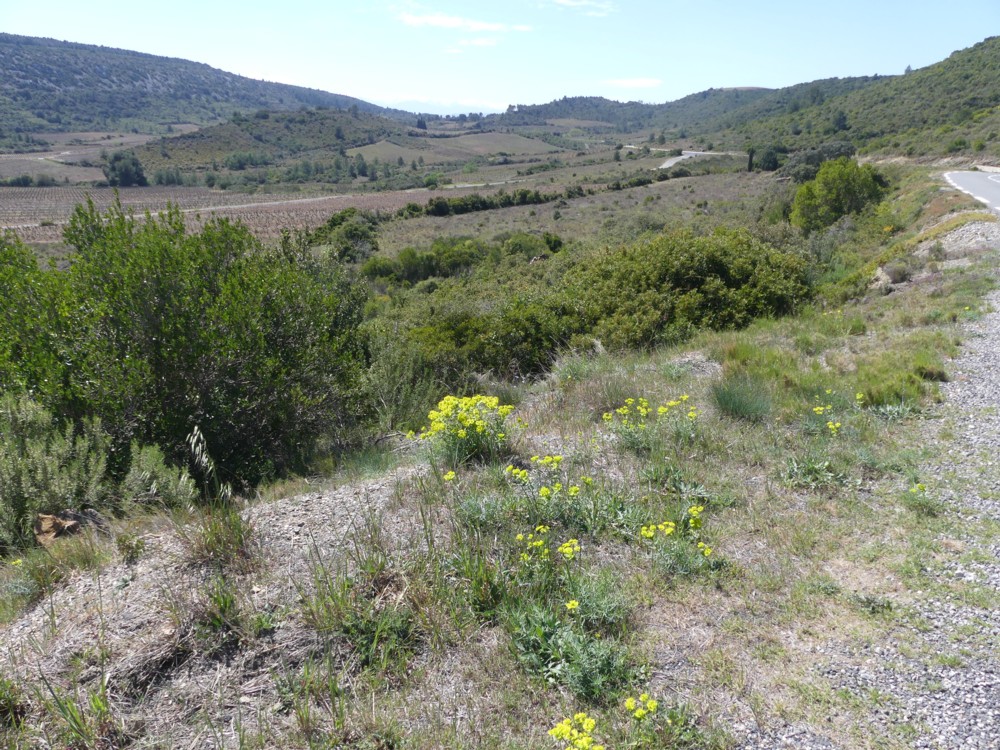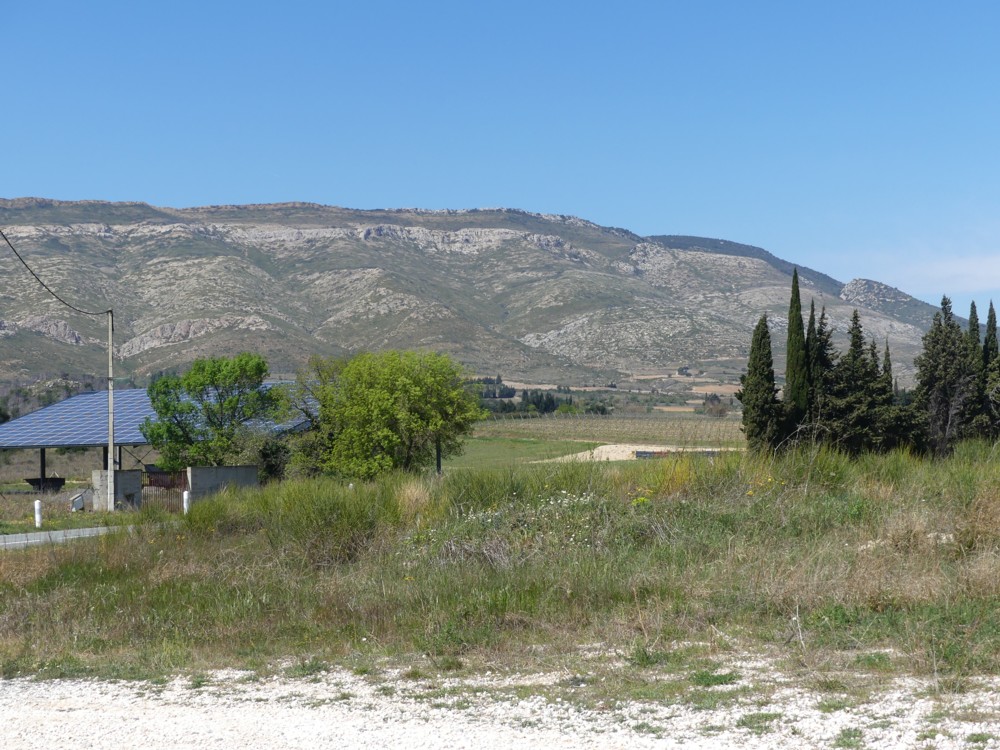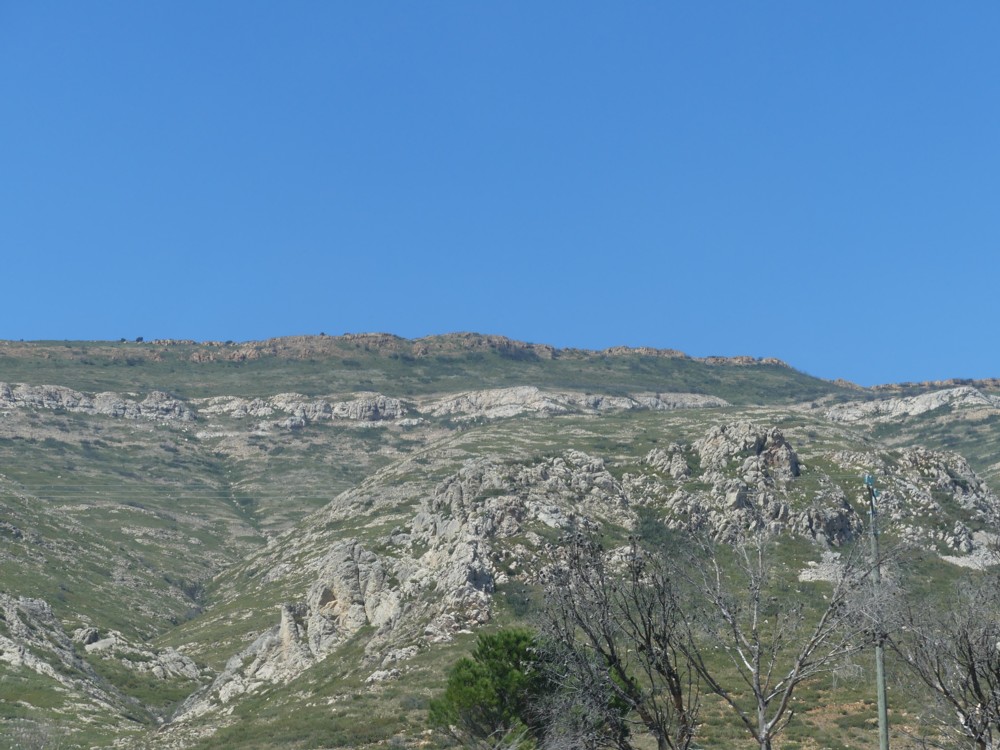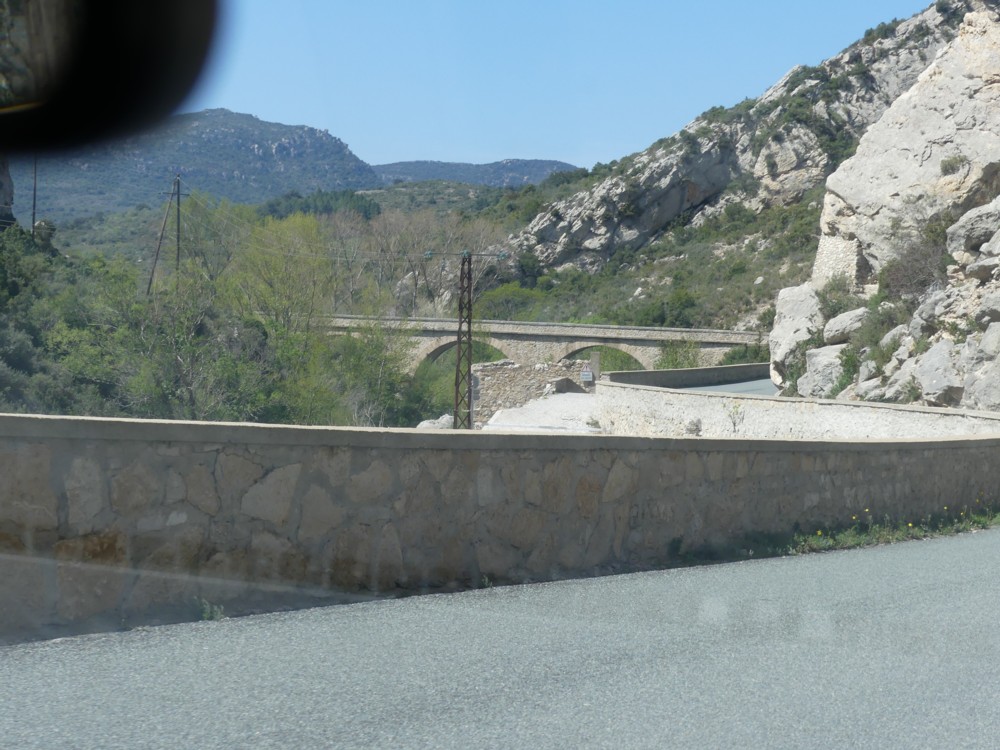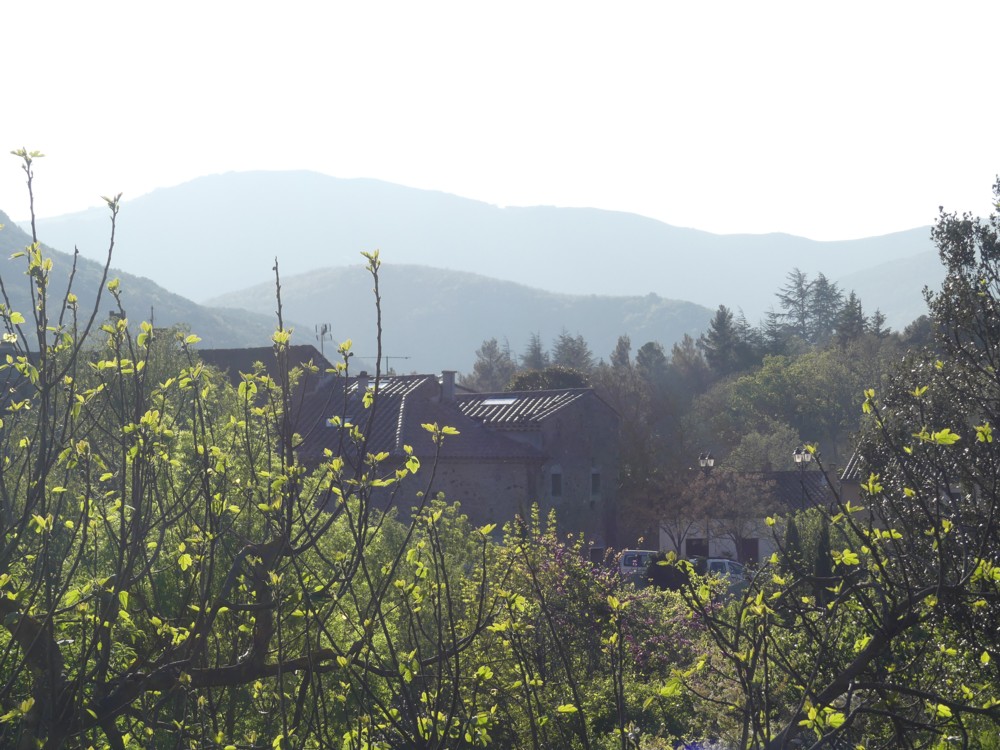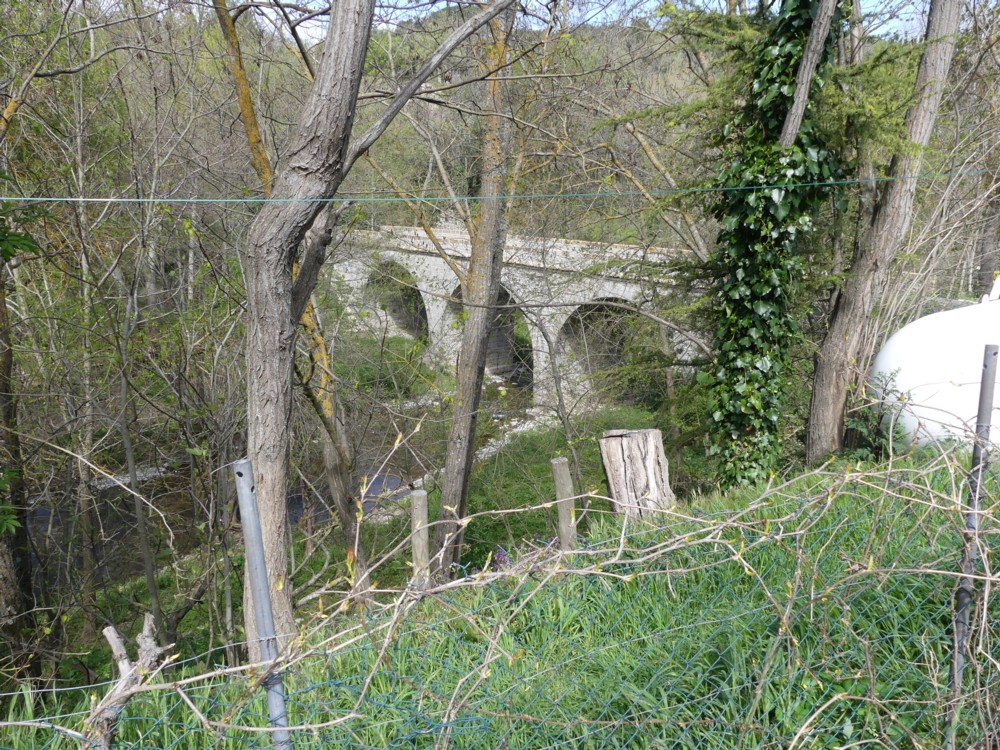Yes, I was in Ravenscourt Park on Thursday evening, having a Libertarian Lads dinner in a restaurant there.
As I usually do when visiting spots that are unfamiliar, I was anxious not to be late and so got there very early. Which meant I had plenty of time to photo.
Here are the four:
The first was, obviously, taken at the tube station when I got there.
The second was also taken from the tube station, and makes the local Premier Inn and the building nearer look like all one, with the Premier Inn itself emerging out of the roof clutter which is actually across the road from it. (I do love aligning Things, don’t I?) Premier Inns: Machines For Staying In.
Photo three, taken of and through a bookshop window, is an illustration of the strong Polish presence in Ravenscourt Park. I assume that got started right after WW2, when exiled Poles decided they’d prefer to stay that way, what with the USSR having conquered their preferred country of choice.
Photo four is a motorbike. I love to photo motorbikes, especially in France, but also in Ravenscourt Park, if Ravenscourt Park is where I am and if Ravenscourt Park is where the motorbike is. This motorbike is trying to be an abstract sculpture, but it didn’t fool me. (It should have hidden its wheels better, for starters.) This is another in my ongoing series of photos that I like, that look like works of Art of the sort that I don’t much like. This fondness of mine, for photos that look like they’re Modern Art but which actually aren’t was something which I later persuaded some of my dining companions to discuss with me, and out of that I got one answer as to why I like such photos, which I may or may not (I promise nothing) tell you about, later, in a different posting.

